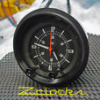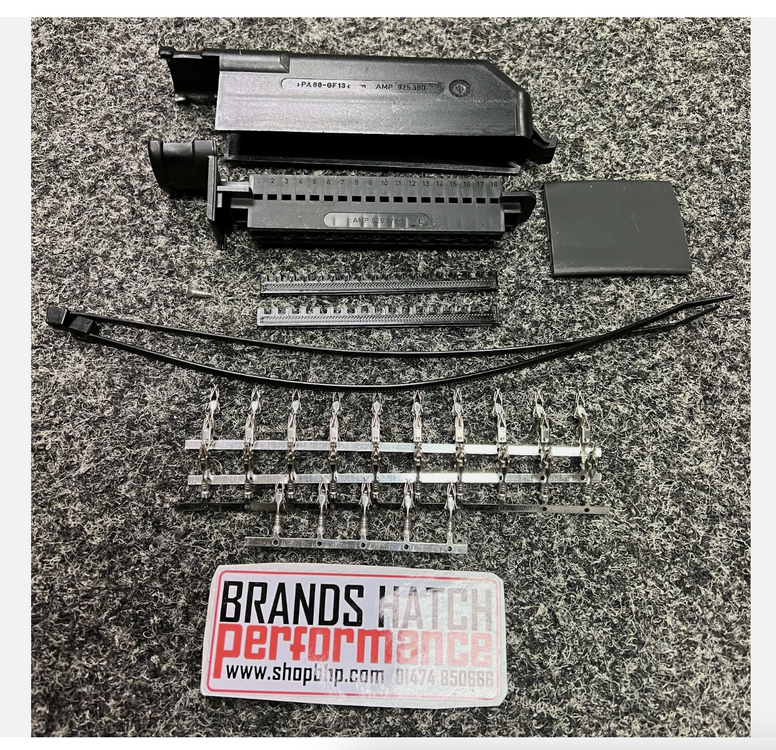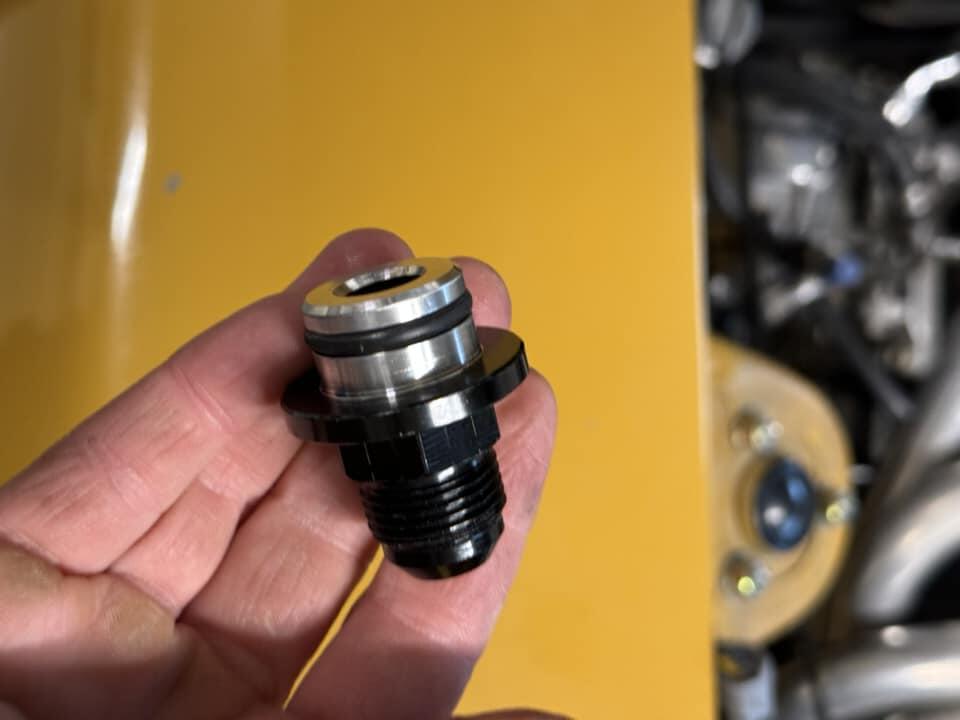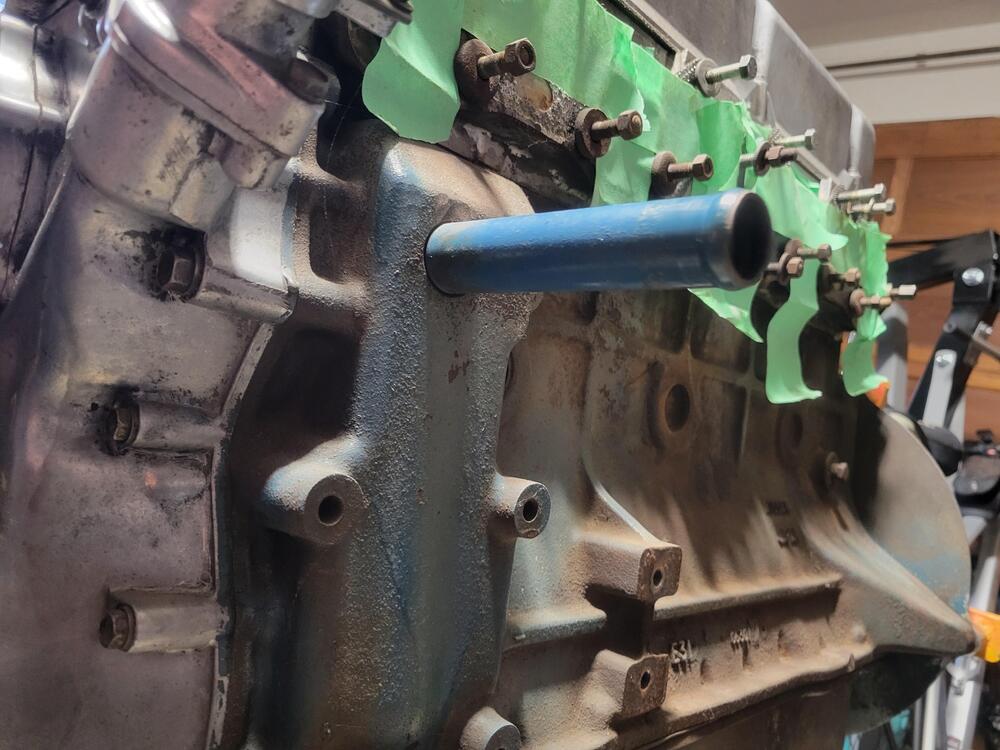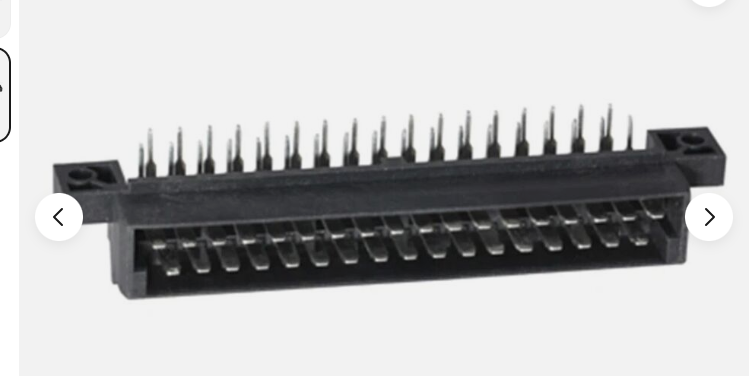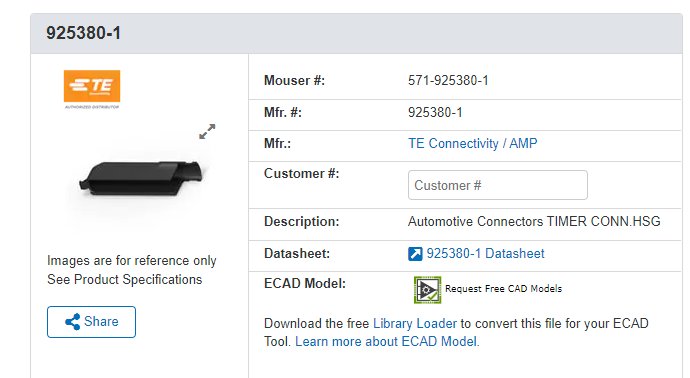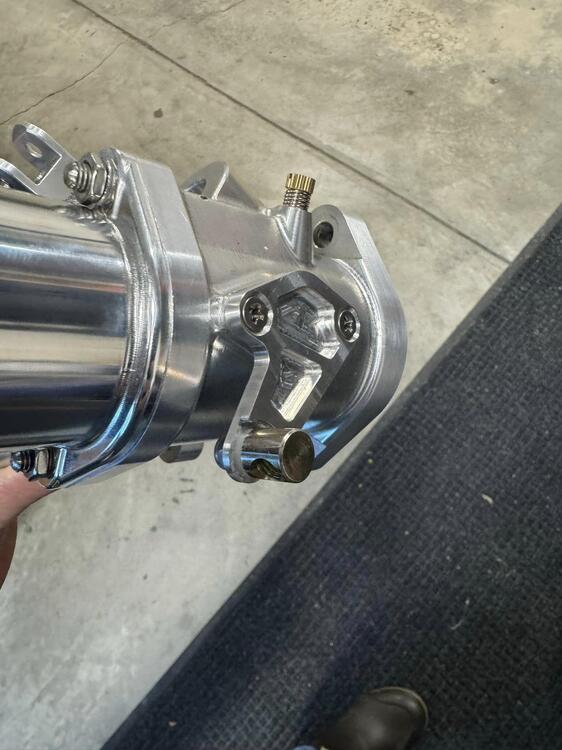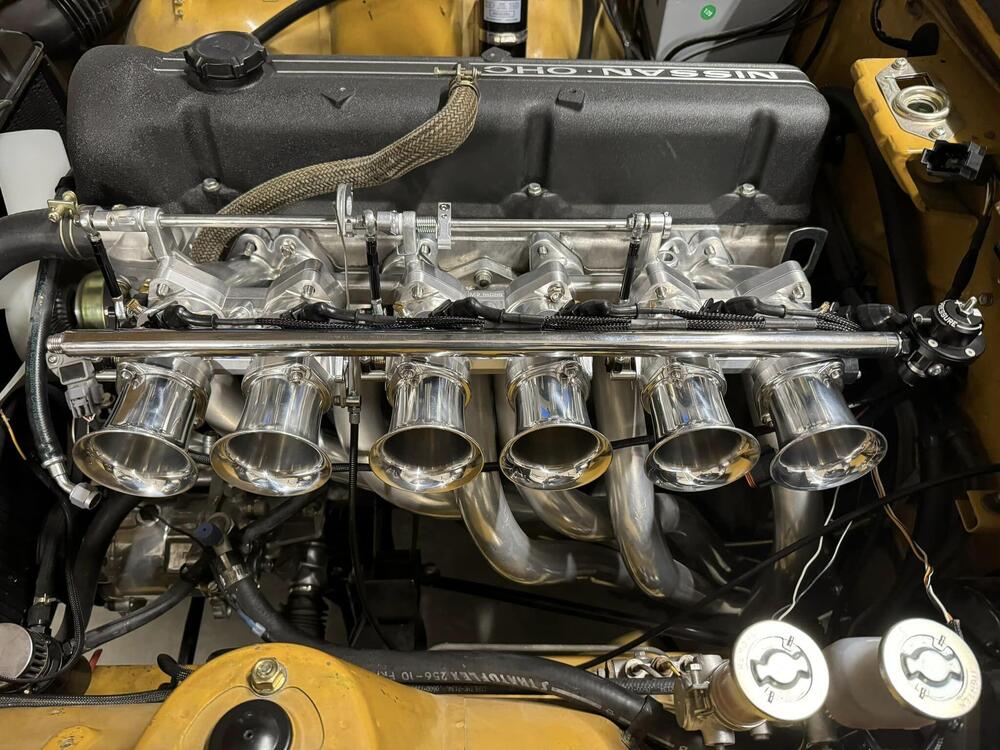Hey Dutch,
You reminded me of a test that I was going to perform on the OEM 240z clock input power . I have run the specific clock I have for sale at 14, 12, 10 and 5 volts. Thats right 5 volts and the clock works and keep good time. Not sure if all the clocks can go as low as 5 volts without adjustment, but I don't know why anyone would run the clock on 5 volts.
Interesting test and a good performance of the motor and clock spring. The motor doesn't run all the time it just keeps the main spring wound. If the spring is weak it can be the reason the clock time will fluctuate, as well as change in temperature.
Ron

 Subscriber
Subscriber 3Points1,333Posts
3Points1,333Posts






